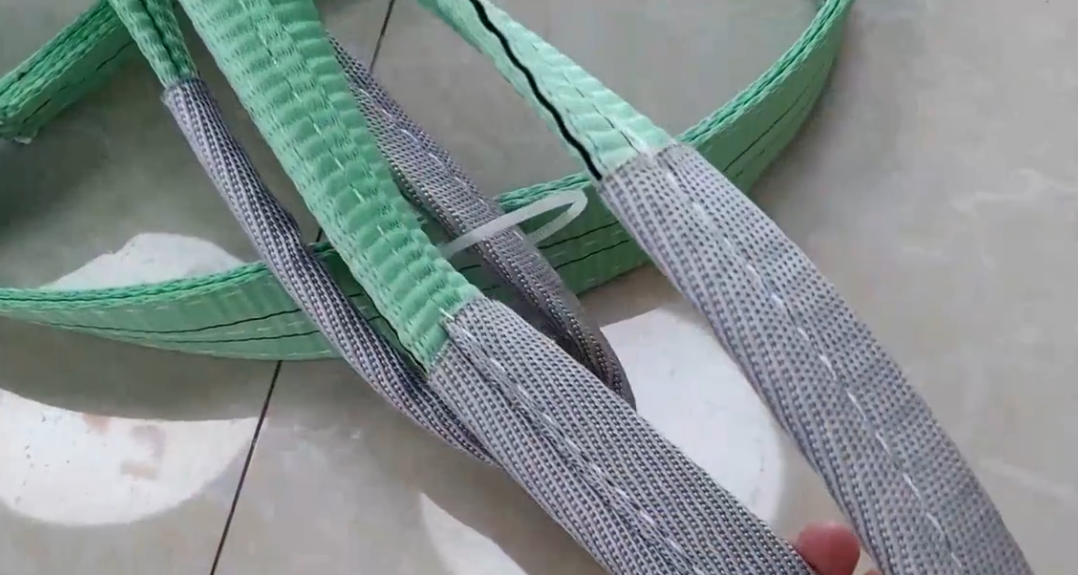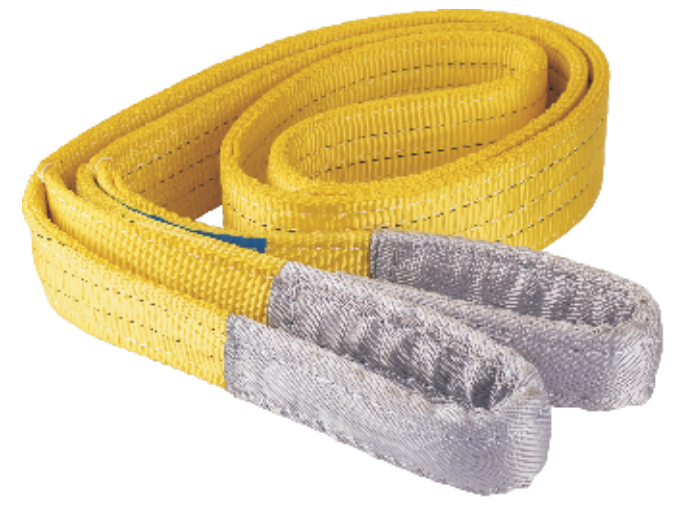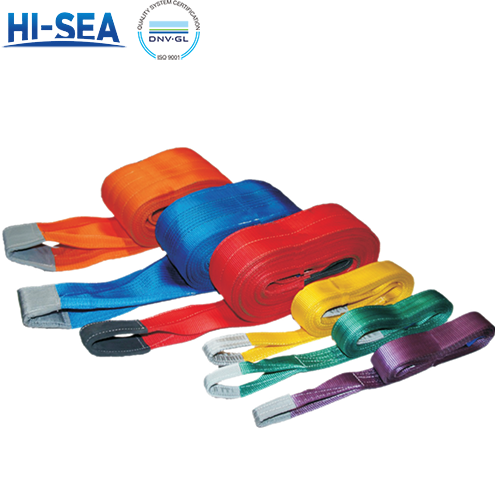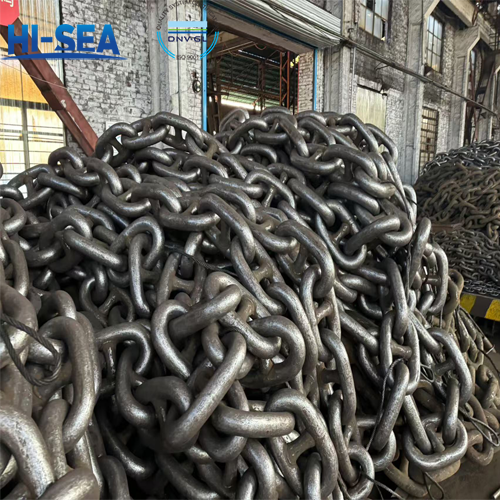
Differences Between Polyester And Nylon Slings
When selecting a web sling material, buyers should prioritize considerations such as chemical resistance, stretch, and temperature tolerance. The two most common materials for webbing slings are polyester and nylon. Overall, nylon tends to outperform polyester due to its smoother, softer texture and slight elasticity. Consequently, nylon is typically more expensive than polyester.
Overview
Features of Nylon slings
Nylon slings are resistant to grease and oil, and they also excel in resisting chemicals like aldehydes, strong alkalies, and ethers. They typically stretch about 8-10%. However, they are not suitable for environments with bleaching agents or acids.

Features of Polyester web slings
The use of polyester web sling and nylon web sling is somewhat complementary. Polyester web slings are resistant to common acid, bleaching agents, alcohols, oils, organic solvents and seawater. However, users should avoid using polyester we slings in concentrated alkaline and sulfuric acid environments, as it can be unstable. Polyester web slings has ca.3% elongation at WLL. Hegher chemical concentrations or hihger teperature will lower the property of the sling.

How to distinguish them?
Nylon and polyester are commonly distinguished by burning methods.
When nylon and polyester burn, the former emits white smoke and the latter emits black smoke; the burning material nylon becomes plastic, while polyester breaks into pieces when pinched.
Additionally, polyester feels rougher, while nylon is smoother. Scratching the material with a fingernail can also help differentiate them; polyester leaves obvious marks, while nylon does not.





